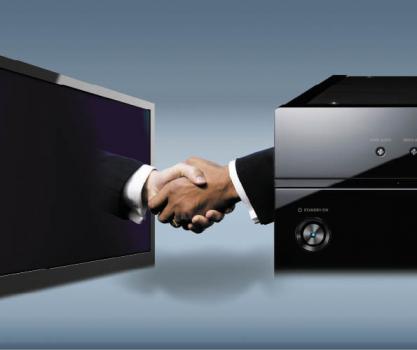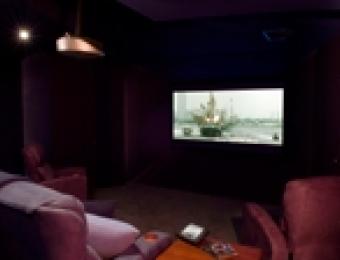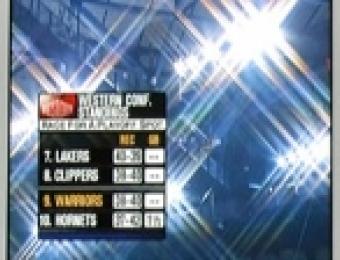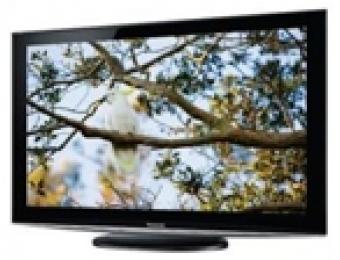
HD TV stands for high definition television. As technology has developed, it became apparent that the term 'high definition' may have been jumping the gun. We now have ultra high definition (UHD) and 4K televisions, with increasinly clear pictures and enhanced viewing.
Different HDTV technologies will have different resolutions, which will affect the quality of your viewing - and the price of your screen. But what do all the letters and numbers mean, and how will they affect the quality of your picture?
What is resolution?
Resolution refers to how many pixels will make up your TV screen, and is important in dictating the quality of a high definition TV. The higher the resolution, the better the quality of your image will be.
'Interlaced' resolution verses 'Progressive' resolution also different, with progressive resolution better at conveying high definition pictures and those images that are fast moving.
What are pixels?
A pixel is the 'dot' of colour on the screen, the combination of which make up the image. The more pixels, the better the quality picture.
The following table dictates the common technologies and what resolutions they operate by.
| Resolution | Pixel count |
Also known as | Common Technologies |
| 576p (25Hz) | 576 x 704/720 | Standard definition | VHS |
| 576p (50Hz) | 576 x 704/720 | Enhanced definition (technically HD in Australia) | TV broadcasting |
| 720p | 720 x 1280 | High definition | TV broadcasting |
| 1080i | 1080 x 1920 | High definition | DVD players, TV broadcasting |
| 1080p | 1080 x 1920 | Full HD | Blu-ray players, Playstation 3, XBox 360 |
| 2160p | 3840 x 2160 | 4K UHD | Being tested in limited markets |
| 1320p | 8192 x 4320 | 8K HD | Being tested in limited markets |
Will it make a difference?
It really depends on what you're watching - and the size of your TV. On screen that are 26 inches or smaller, you'd have to get really up close and personal with your TV to notice the difference. But if you're purchasing a screen that's larger than 26 inches, it pays to match your most used media - whether it's broadcast TV, streamed videos, Blu-ray, or gaming - to your TV.





